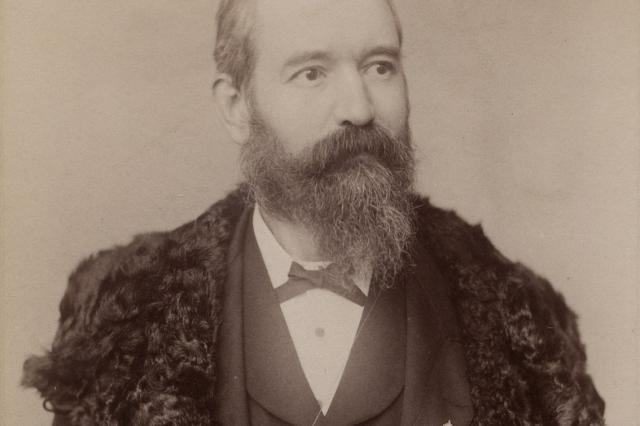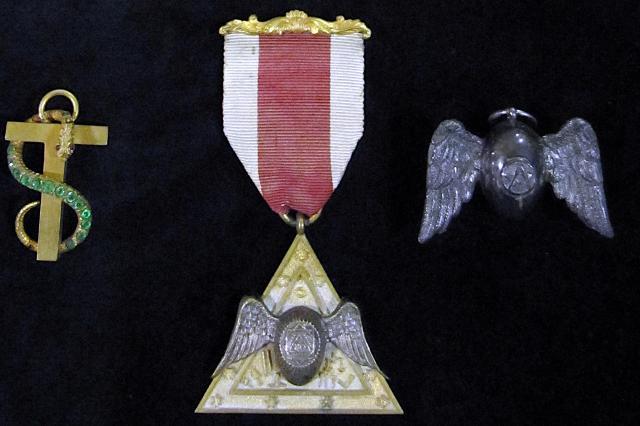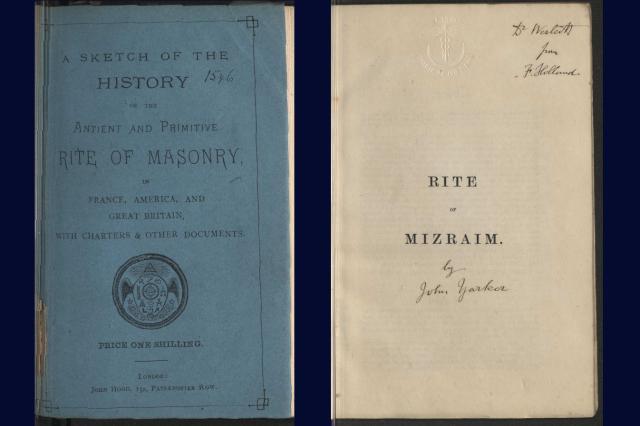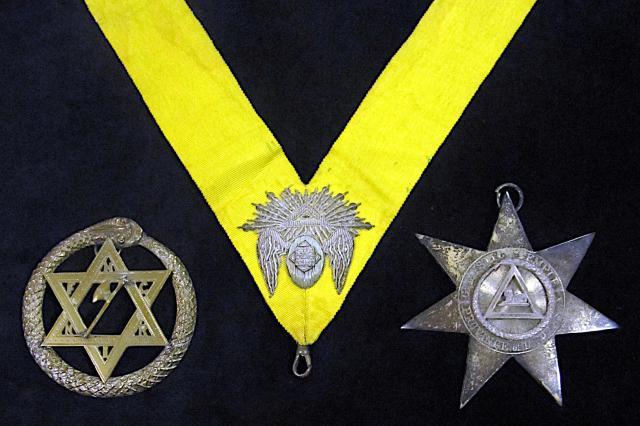If you’ve ever explored the world of Freemasonry or dipped into the 19th-century occult revival, the name John Yarker likely rings a bell. A fascinating and controversial figure, Yarker (1833–1913) was more than just a freemason—he was a dedicated occultist, a prolific writer, and a central player in what is sometimes called “fringe Freemasonry.” His life was intertwined with the lesser-known, higher degrees of freemasonry and other esoteric societies, making him both a revered and divisive figure of his time.

Early Life and Path to Freemasonry
John Yarker was born in Swindale, Shap, Westmorland, in 1833. By the time he was 16, his family had moved to Manchester, where he worked as a merchant and lived for most of his life. In 1857, he married Eliza Jane Lund, and they had six children.
Yarker joined the Grand Lodge of England at 21, having been initiated in Integrity Lodge in Manchester in 1854. From there he joined Fidelity Lodge, also in Manchester, becoming Master of the Lodge in 1856. By 1855 he had joined other orders, including the Royal Arch, Mark Masonry, and the Knights Templar. He was clearly a devoted freemason, although by this time, his interests were turning towards the higher degrees.
Discovering the Ancient and Primitive Rite
Yarker’s travels to America as a merchant led him to encounter the Ancient and Primitive Rite of Memphis and Misraim, a system with roots in two earlier rites claiming Egyptian origins. These rites, formed in France in the early 19th century, combined to form an elaborate 33-degree system, also known as the Ancient and Primitive or Egyptian Rite. Drawn to its many degrees, Yarker secured a patent from the American Grand Master in 1872, officially bringing the rite to England. He was the International Grand Master of the Rite of Memphis-Misraim from 1902 until his death in 1913.

Yarker’s Writings and the Legacy of “The Kneph”
One of Yarker’s most enduring legacies is his extensive body of written work on the Ancient and Primitive Rite. He wrote prolifically on the philosophy and rituals of the rite, with his writings now preserved in the Library at the Museum of Freemasonry. His ‘Sketch of the History of the Ancient and Primitive Rite of Masonry in France, America and Great Britain…’ was published in 1875 and explored the history and philosophy of the rite in the wider context, starting from the Knighthood of the Rosy Cross in 1743.

As the editor of The Kneph, a journal dedicated to the Ancient and Primitive Rite, which ran from 1881 to 1900, he sought to legitimise the rite. He explored and promoted the significance of high-degree freemasonry, delving into obscure systems like the Swedenborgian Rite, inspired by the mystical works of Emanuel Swedenborg.
In The Kneph’s pages, Yarker worked tirelessly to elevate the Ancient and Primitive Rite, but despite his best efforts, it was never officially recognised. Nevertheless, he continued to publish articles and books, defending the legitimacy of these “clandestine” orders and outlining their roots in ancient philosophy.

The Grand Theories of Arcane Schools
Yarker’s final work, Arcane Schools (1909), brings together all the ideas threaded through his previous works. Here, Yarker argued that Freemasonry’s roots go far deeper than mainstream historians suggest. He posited that Freemasonry traces back to the arcane schools of ancient Egypt, drawing connections between Egyptian mysteries, medieval traditions, and the symbolic rituals of Freemasonry. According to Yarker, Masonic symbolism and philosophy were handed down through a continuous line of mystic knowledge, influencing not only Masonry but also movements like Rosicrucianism. Arcane Schools covers the history and development of many of the high grades he was involved in, including the Ancient and Primitive Rite and the Rite of Misraim.
The Controversial Legacy of John Yarker
John Yarker’s influence remains a unique part of Freemasonry’s history. To traditional freemasons, he was often viewed as an outsider, even a troublemaker. Regardless of how he has been perceived, his influence in fringe Freemasonry is undeniable and provides a glimpse into the workings of 19th century esoteric higher degrees.
While the Ancient and Primitive Rite is no longer practiced in England, Yarker’s life’s work offers a fascinating look into the 19th-century occult revival. Why not visit the library and explore his writings for yourself?

